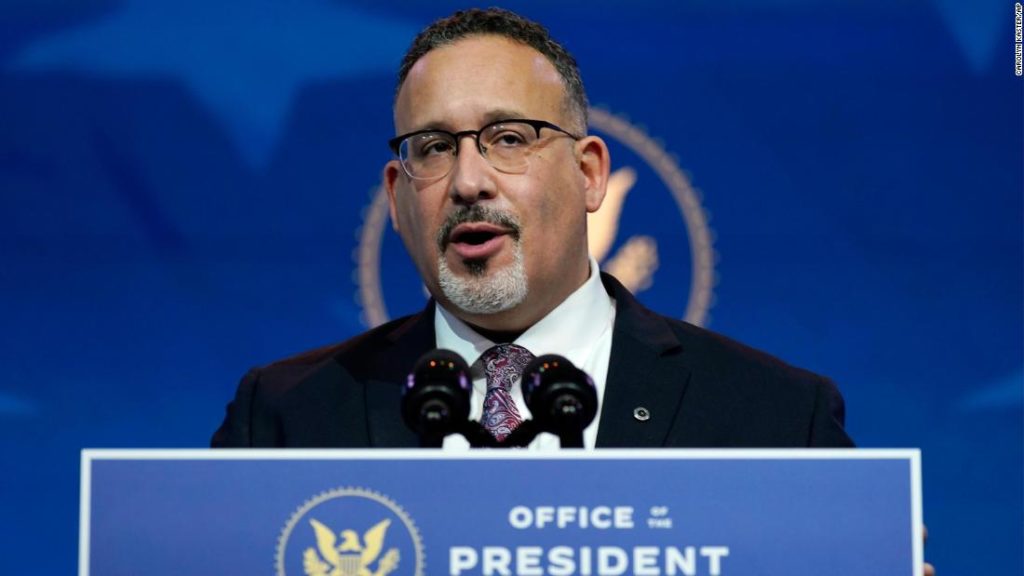FAFSA glitches lead US Department of Education to ease rules meant to eliminate fraud
Delays by the U.S. Department of Education (DOE) in rolling out the new Free Application for Federal Student Aid (FAFSA) has forced it to relax financial rules for students and higher education…

Delays by the U.S. Department of Education (DOE) in rolling out the new Free Application for Federal Student Aid (FAFSA) has forced it to relax financial rules for students and higher education institutions.
FAFSA is the universal federal application for grants, scholarships, work-study and loans to help pay for college.
Technical glitches with the form have prevented some families from being able to complete the application.
Those glitches, combined with the DOE’s inability to correctly update formulas in the program, have left students and universities scrambling to complete the forms on time, reported the Washington Post.
As result, DOE Secretary Miguel Cardona told reporters Tuesday the department is relaxing the financial requirements for schools and students to help speed up the process.
The DOE will reduce the number of applications it audits for accuracy, suspend school compliance with financial aid rules, and make it easier for schools to be reauthorized for financial aid packages, said Inside Higher Ed.
The emphasis will be on getting as many students approved as possible, regardless of the accuracy of the applications.
It comes after pressure from 100 liberal members of Congress who pressured Cardona in a letter to get the applications processed immediately.
“It is imperative that we all work together to ensure no student falls through the cracks or faces unnecessary challenges in accessing the aid they are due,” the lawmakers wrote Monday.
Nearly 17 million students file FAFSA applications each year, but as of Jan. 30, only 3.1 million students, or 18% of last year’s total in February, had completed applications, said one consumer credit company.
The DOE snafus come as more states are requiring FAFSA applications to be completed to graduate high school.
The DOE was in the process of revamping the application process to make it easier for students to file the FAFSA form.
“This whole process was done in large part to help low- and middle-income students, but the delays and glitches are hurting them the most,” Brad Barnett, the director of financial aid at James Madison University in Virginia, told the Washington Post.
“What am I supposed to tell the students who’ve done everything right only to face these roadblocks?” Lydia McNeiley, a counselor at School City of Hammond in Indiana, asked the Post. “What’s the signal that you’re sending to our students? That they don’t belong? That’s what it feels like to them.”
The form was originally intended to be released Oct. 1, but wasn’t available until last month, said CNN.
Further delays meant data on the applications wouldn’t be sent to schools until the middle of March, reported CNN.
Applications are typically processed and approved by May 1, but the fumbles by the DOE have schools and students waiting and frustrated.
The only way to reduce the bottleneck is to reduce the numbers of audits, leaving the program open to wrongdoing by the submission of fraudulent applications.
The National Association of Student Financial Aid Administrators asked the DOE to reduce the applications audited for suspected fraud, said Inside Higher Ed.
And apparently the DOE listened.
“We’re going to bring verification rates to their lowest ever,” a senior DOE official told reporters in announcing the efforts to reduce verifications, reported Inside Higher Ed.



